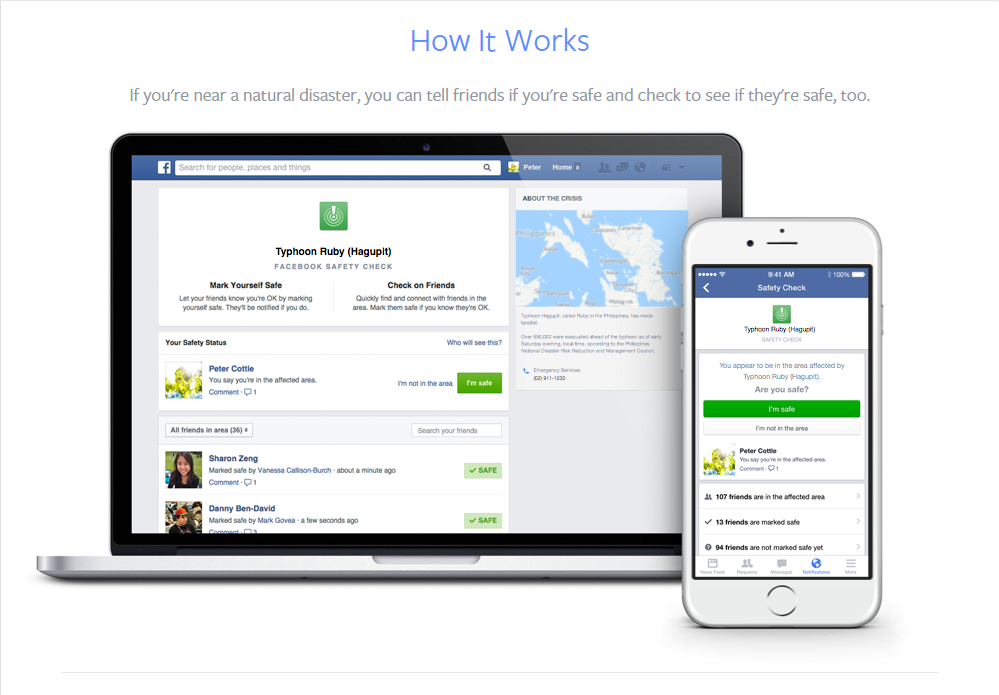The attacks in Paris were horrible. Even as this is written, news is still flooding in concerning the crisis in Paris, with details updating constantly. But the one positive light in all of this is how Facebook unveiled one new tool that completely changed crisis management in the middle of a horrible, horrible night.
Last year, just after I arrived in China, a massive earthquake hit Ludian County in Yunnan. Over 600 people were killed, around 2,400 people were injured, and over a 100 people were missing for a time. That’s not taking into account the thousands of houses that collapsed and the tens of thousands of homes that were horribly damaged.
For my family, it was bad enough I was literally halfway around the world and that they had to come to terms with me deciding to leave for an entire year; to have this happen just days after I left the states was absolutely nerve-wrecking for them.
But here’s the thing: I was nowhere near Ludian. I had actually slept through this entire event, and with very little Chinese language skills under my belt at the time, I hadn’t even caught news of this happening until halfway through the day. At the time, there was no way for my family to contact me directly and swiftly. By the time I connected to Western social media, my inbox was full of concerned messages asking if I was alive or hurt. Prayers sent my way, even. I had at least half an hour of convincing everyone I was just fine.
For family and friends, the powerlessness of such a situation is excruciating. Let’s not lose perspective: actually being in the situation at hand is the worst ever, there’s no doubt. But there is a moment of chaos immediately following a disaster where people just don’t know what to think or expect, and each second until they’re sure about your safety is mind-blowingly difficult to get through.
With the Paris attack, Facebook activated their Safety Check tool, which previously had only been used several times for disaster crises. This was the first time it was used for a terrorism threat. People all around the world–including some of my own friends–were greatly relieved to find their loved ones were safe, either via that person’s page or their own newsfeed update. And it’s worked wonders for bringing a collective calm to what I imagine are millions around the globe concerned about their loved ones in France.
How this will be used in the future is up for debate. Some people have expressed distaste, in that there have been terror crises in many countries over the last year, especially in African and Middle Eastern countries. Perhaps the only excuse Facebook has is that it’s more of a surprise that Paris was attacked by a major terror threat as compared to regions that are already constantly in conflict. If Israel or Palestine suffered a bomb strike, for example, that would be less of a shock than New York or London. But instead of getting divisive, we should look at what really matters: the tool works, and should be used more in the future.
Making this a standard tool in all social media would be favorable; it’s not anything profound or necessarily life-changing, but it seems like a necessity during a time where groups like ISIS are claiming responsibility for dozens of attacks around the world. The “social” in social media shouldn’t just be about sharing quizzes about finding out which cat you’re most like. It should also be about promoting social awareness and social needs. Utilizing and further evolving Safety Check will hopefully be the first of many new features that allow people to connect to each other when they need to most.
Perhaps, if we focused on useful tools like this, we could actually make some decent change in the world.

